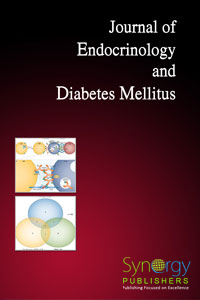
Management of Severe/Acute Hyperglycemia in Hospitalised Type 2 Diabetes Mellitus Patients Pages 9-14
Hasniza Zaman Huri1,2, Vishaaliny Permalu1 and Nor Bahirah Kasim1
1Department of Pharmacy, Faculty of Medicine, University of Malaya, 50603 Kuala Lumpur, Malaysia; 2Clinical Investigation Centre, Faculty of Medicine, 13th Floor Main Tower, University Malaya Medical Centre, 59100 Lembah Pantai Kuala Lumpur, Malaysia
DOI: http://dx.doi.org/10.12970/2310-9971.2013.01.01.3
Download PDFAbstract: Type 2 diabetes mellitus (T2DM) is a chronic metabolic disorder comprising 90% of all diabetes worldwide. T2DM is characterized by hyperglycemia resulting from insufficient secretion of insulin by beta cells of pancreas, peripheral insulin resistance and accompanied by impaired regulation of hepatic gluconeogenesis. T2DM can be classified into acute complication and chronic complication. Severe/acute hyperglycemia is an acute complication of T2DM, which commonly seen in diabetic ketoacidosis (DKA) or hyperosmolar hyperglycemic state (HHS). DKA and HHS are acute metabolic complications caused by absolute or relative deficiency in endogenous insulin level. The presence of severe/acute hyperglycemia is often associated with increasing hospital stays, worsening of infection, post-discharge disability and death. Hence, insulin therapy is the method that most preferred to treat severe/acute hyperglycemia and controlling glycemic level in hospital setting. The subcutaneous insulin administration is the most frequently used in non-critically ill patients admitted to hospital. Management of severe/acute hyperglycemia involves basal-bolus insulin versus sliding–scale insulin and continuous insulin infusion versus subcutaneous insulin infusion. This review focuses on treatment option savailable in hospitalised T2DM patients with acute hyperglycemia.
Keywords: Acute hyperglycemia, type 2 diabetes mellitus, insulin, sliding scale, basal-bolus. Read more

